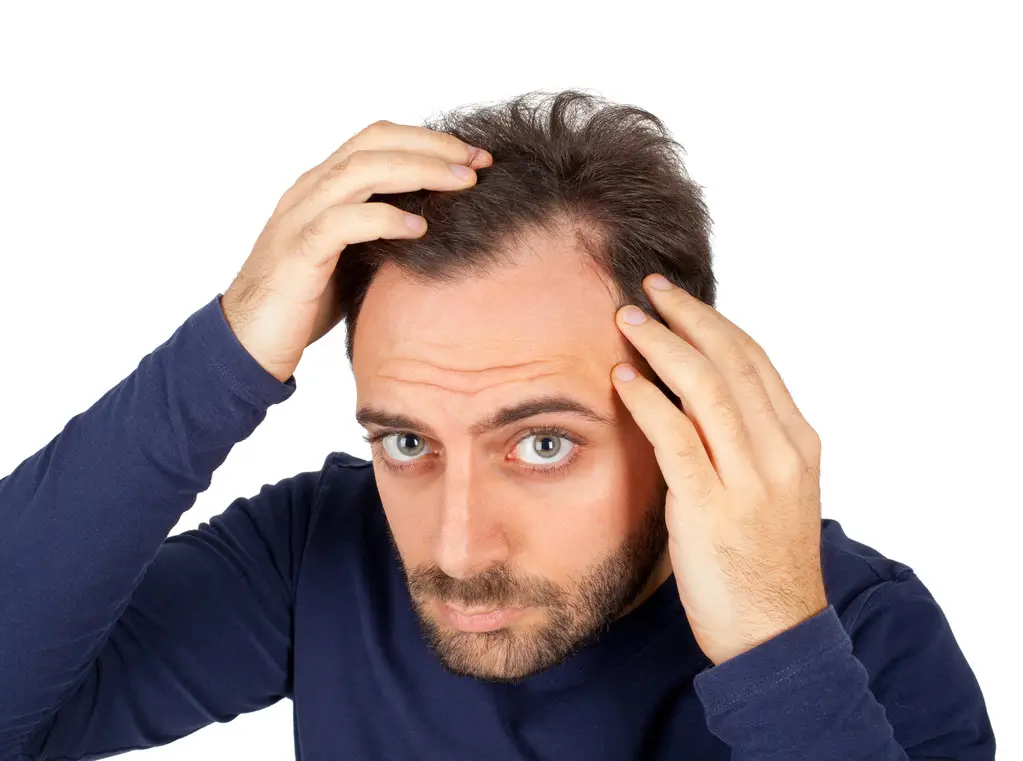Hair loss affects millions of people globally, cutting across age, gender, and lifestyle. Whether triggered by hormones, genetics, or external stressors, the impact is often deeply personal. Among the most recognised interventions is a minoxidil topical solution—an over-the-counter product designed to encourage regrowth and prevent further thinning. But does it work for every case, and is it the most suitable option for your type of hair loss?
Understanding the Root Causes
Before pursuing treatment, it’s vital to understand what’s behind the shedding. Male pattern baldness typically follows a predictable path, beginning at the temples and crown. Female pattern thinning often spreads more diffusely across the scalp, without significant receding. Meanwhile, conditions such as telogen effluvium, traction alopecia, or alopecia areata require more targeted care. Each type of hair loss responds differently to interventions—what works for one may be ineffective for another.
How Minoxidil Stimulates Growth
Initially used as a blood pressure medication, minoxidil’s unexpected effect on hair growth led to its reformulation as a topical agent. When applied to the scalp, it acts as a vasodilator—expanding blood vessels and improving oxygen delivery to hair follicles. This creates a healthier environment for growth and extends the follicle’s active (anagen) phase. Over time, dormant or shrinking follicles may re-enter the growth cycle, producing stronger, thicker strands.
Who Might Benefit Most?
The best outcomes with minoxidil topical solution tend to appear in those experiencing mild to moderate thinning. Individuals with hereditary hair loss—whether male or female—often respond well if they begin treatment early. For those with active follicles that haven’t entirely stopped producing hair, results are more likely to be positive. However, in cases of complete follicle shutdown, as seen in long-term bald patches, results may be limited.
Application Process and Commitment
Success hinges on consistency. Minoxidil must be applied once or twice daily, depending on the concentration, and left to absorb without interruption. Missing applications can slow progress, while abrupt discontinuation usually causes regrown hair to shed again. It’s not a short-term fix—most users see little to no improvement during the first two months. Noticeable gains typically emerge between the three- and six-month mark, with full results often taking up to a year.
Possible Side Effects
Although generally well-tolerated, minoxidil isn’t free from complications. Scalp dryness, itching, or flaking can develop, especially in alcohol-based formulas. Some individuals experience an initial phase of increased shedding, which is a normal part of the follicle reset. Rarely, absorption may lead to systemic effects such as dizziness or unwanted hair growth in areas beyond the scalp. Selecting the appropriate formulation and applying it as directed minimises these risks.
Alternatives to Consider
Those who cannot tolerate minoxidil topical solutions or don’t see progress may explore other options. Platelet-rich plasma (PRP) therapy, low-level laser devices, and prescription medications like finasteride offer different mechanisms of action. Nutritional changes, stress reduction, and hormone evaluation can also uncover contributing factors that topical treatments alone may not resolve. In some cases, combining approaches delivers more noticeable and lasting outcomes.
Managing Expectations
Hair restoration is rarely instant. Progress unfolds gradually, and not all users respond in the same way. Setting realistic expectations helps reduce frustration. Minoxidil will not restore a completely bald scalp to full density, but it may significantly improve coverage and slow the rate of loss. Patience, regular monitoring, and a well-supported hair care routine are key to maximising benefits.
Choosing Wisely for Your Hair
Minoxidil topical solution remains one of the most accessible and evidence-supported treatments for pattern hair loss. While not suitable for every type of shedding, it offers a pathway to improvement for many experiencing early thinning. Identifying the underlying cause, maintaining a disciplined routine, and exploring alternatives when necessary ensures your efforts are aligned with realistic and personalised goals.

